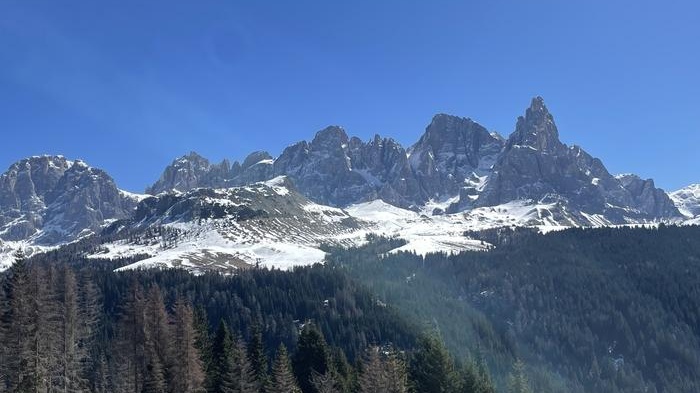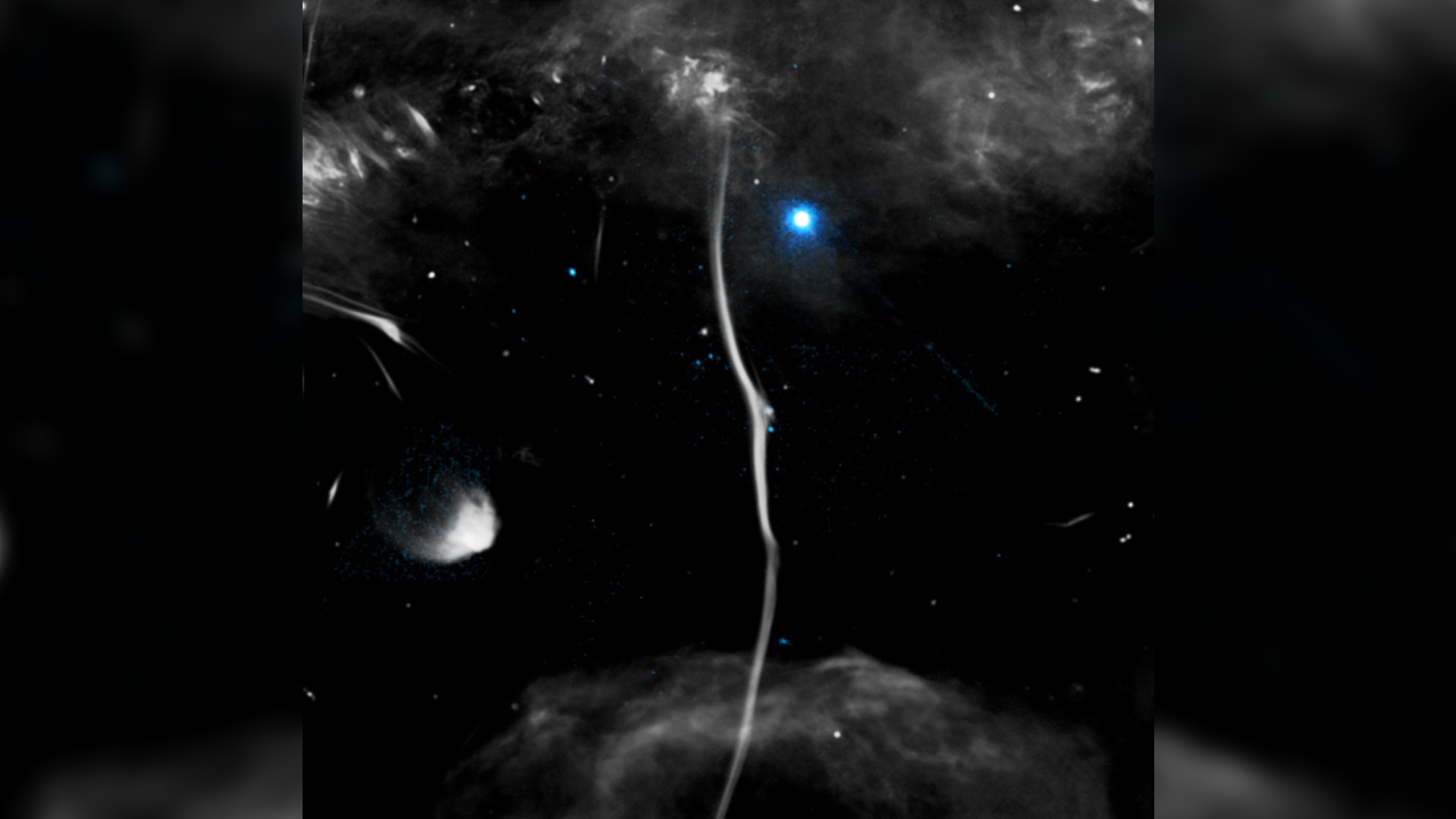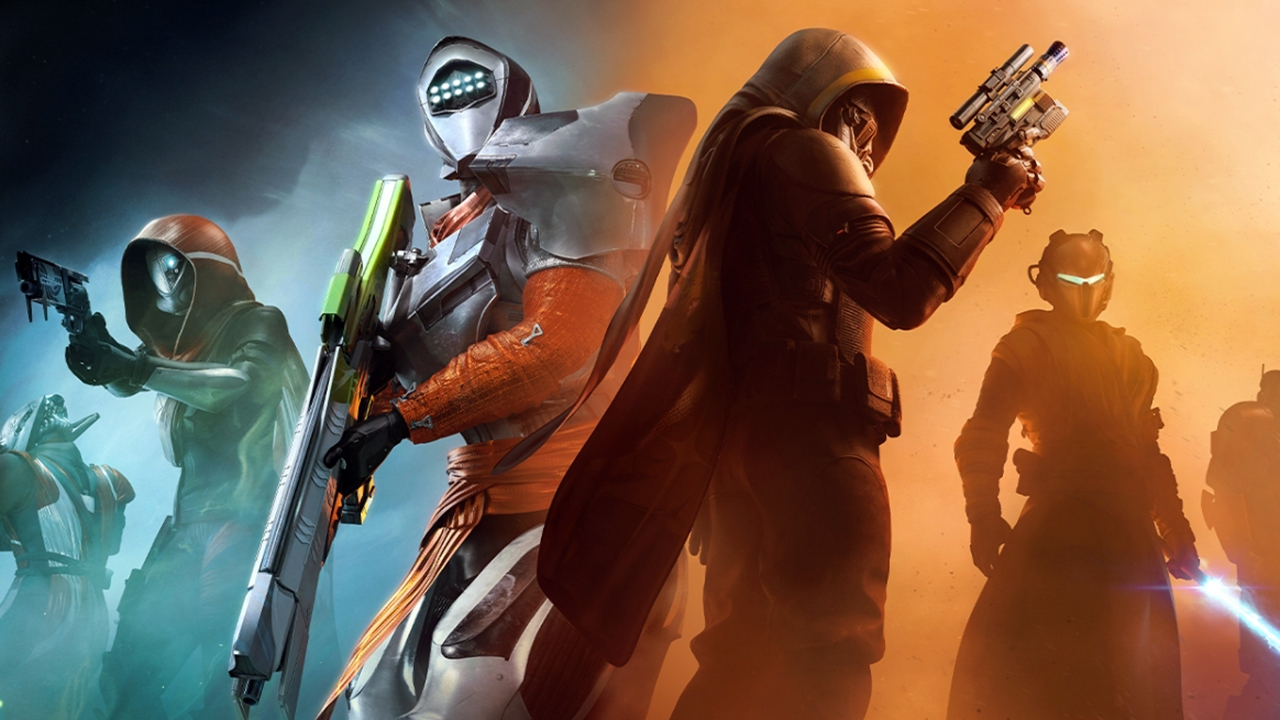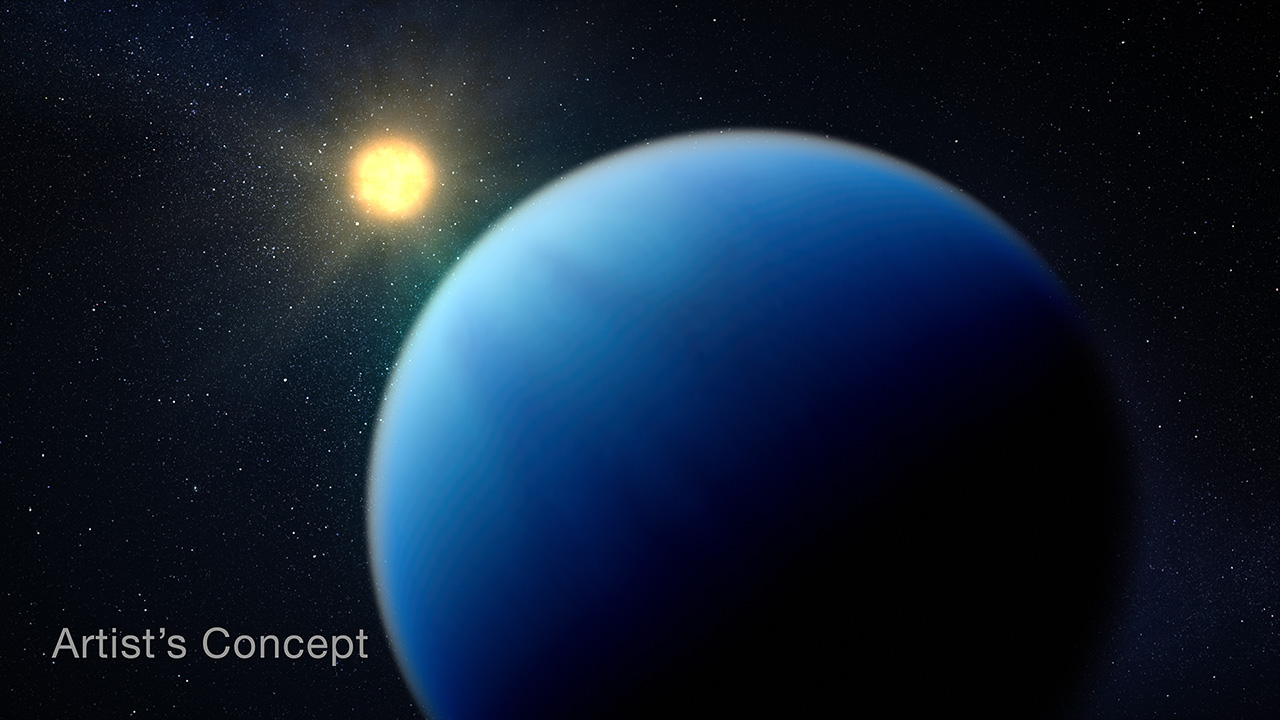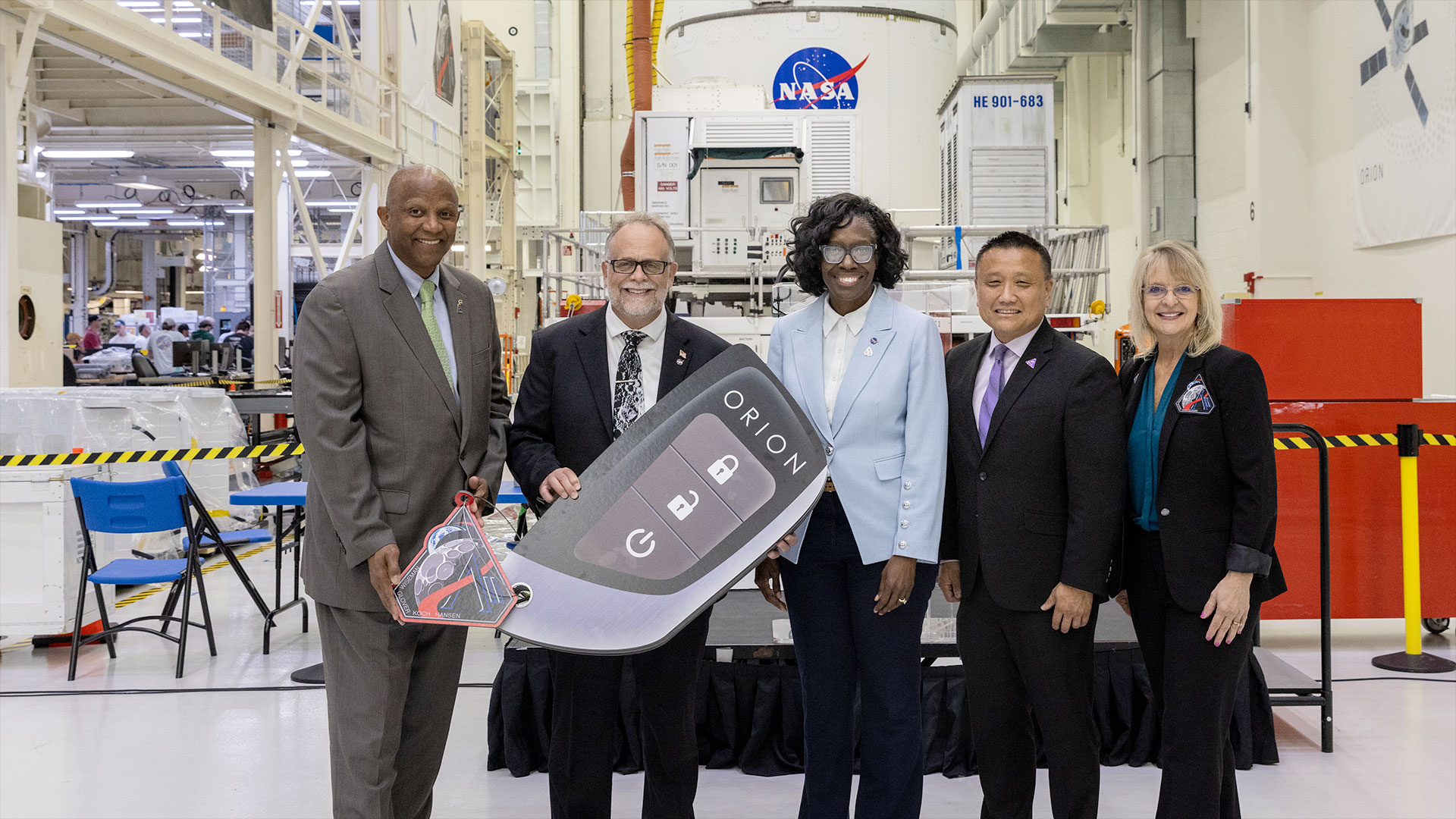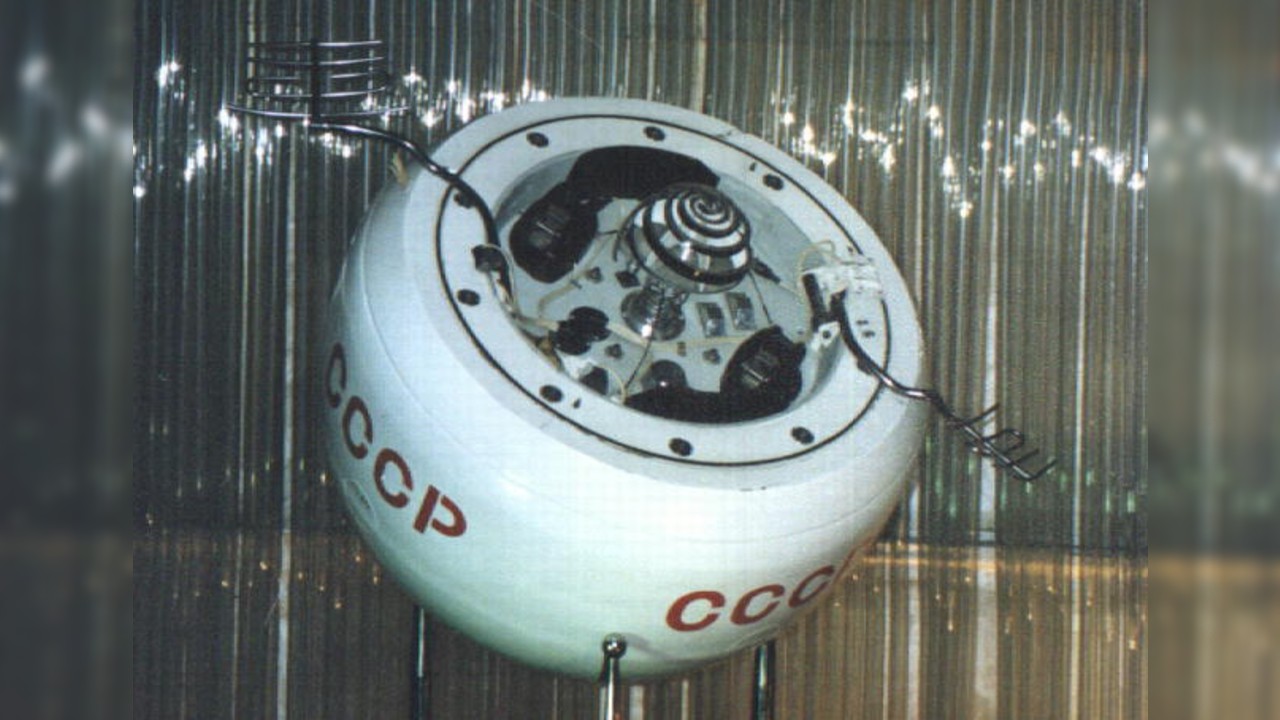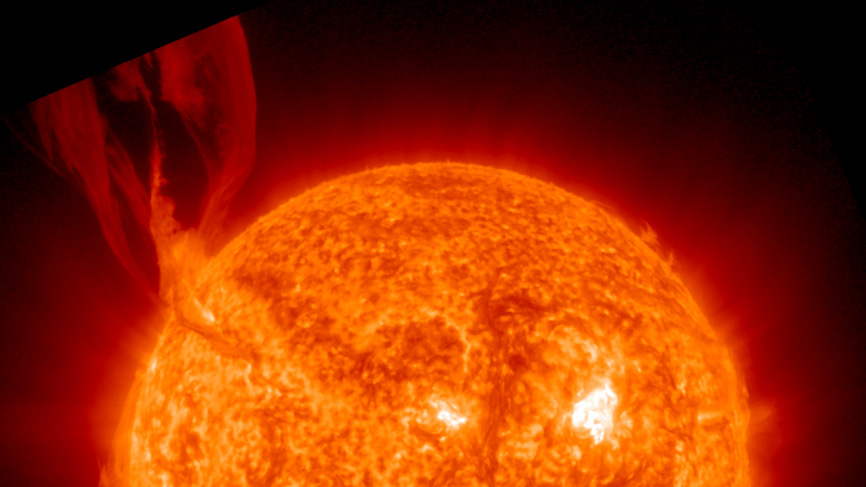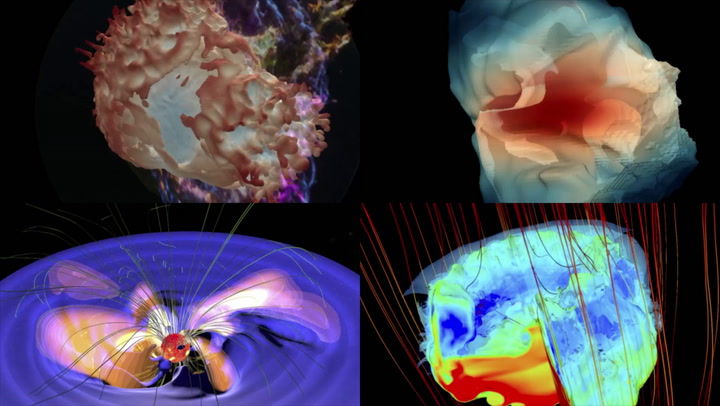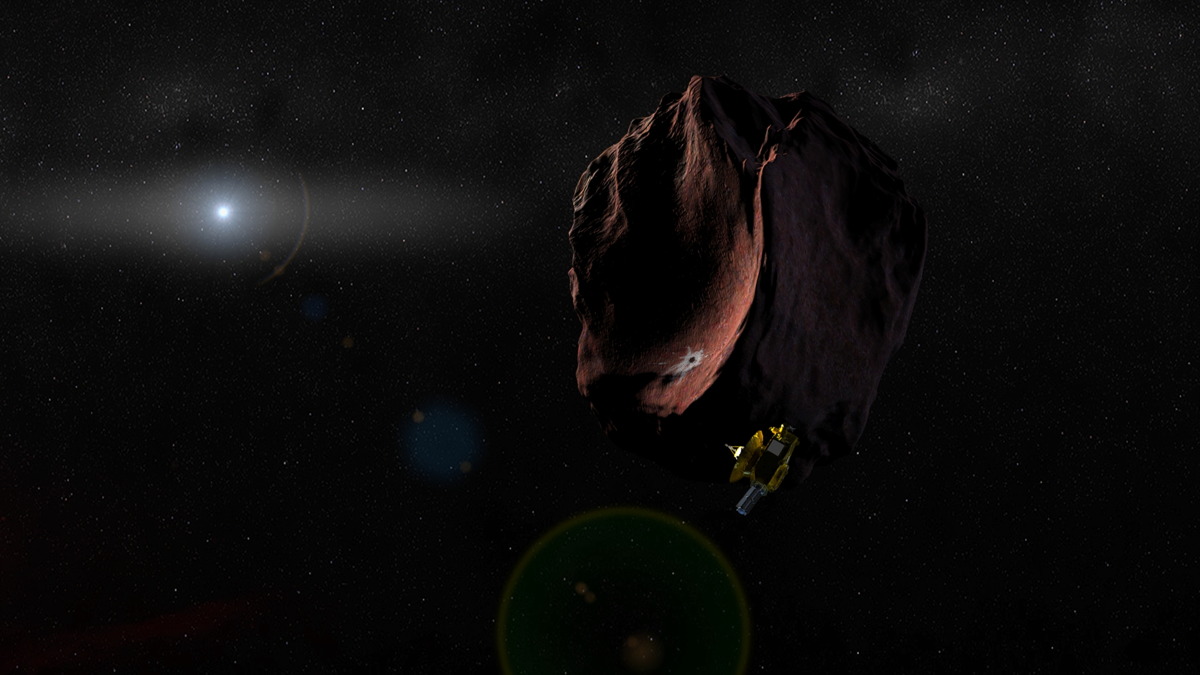
The NASA probe that flew by Pluto in July is now all lined up for a potential close encounter with a second faraway object, in 2019.
NASA's New Horizons spacecraft completed the last of four trajectory-altering engine burns Wednesday (Nov. 4) and is now on course to a small body called 2014 MU69, which lies more than 1 billion miles (1.6 billion kilometers) beyond Pluto.
The probe will study 2014 MU69 up close in January 2019, if NASA approves an extended mission. [New Horizons' Pluto Flyby: Complete Coverage]
"This is another milestone in the life of an already successful mission that's returning exciting new data every day," Curt Niebur, New Horizons program scientist at NASA Headquarters in Washington, D.C., said in a statement. "These course adjustments preserve the option of studying an even more distant object in the future, as New Horizons continues its remarkable journey."
The other three engine burns occurred on Oct. 22, Oct. 25 and Oct. 28. Together, the four maneuvers — the most-distant trajectory corrections ever performed by a spacecraft — gave New Horizons a 128-mph (206 km/h) sideways nudge toward 2014 MU69, NASA officials said.
"The performance of each maneuver was spot-on," Gabe Rogers, New Horizons spacecraft systems engineer and guidance and control lead at the Johns Hopkins University Applied Physics Laboratory in Laurel, Maryland, said in the same statement.
The New Horizons team plans to submit a mission-extension application to NASA early next year. If the agency gives the go-ahead, New Horizons will zoom by 2014 MU69 on Jan. 1, 2019, coming even closer to that body than the probe got to Pluto (7,750 miles, or 12,500 km) this past July 14. Both objects lie in the Kuiper Belt, the ring of icy bodies beyond Neptune's orbit.
Get the Space.com Newsletter
Breaking space news, the latest updates on rocket launches, skywatching events and more!
New Horizons' Pluto flyby revealed a complex world with tall mountains and nitrogen-ice glaciers, among other features. Images captured during the putative flyby of the second body would be very different, because 2014 MU69 is a very different object; for example, it's just 30 miles (48 km) wide or so, compared to 1,473 miles (2,370 km) for Pluto.
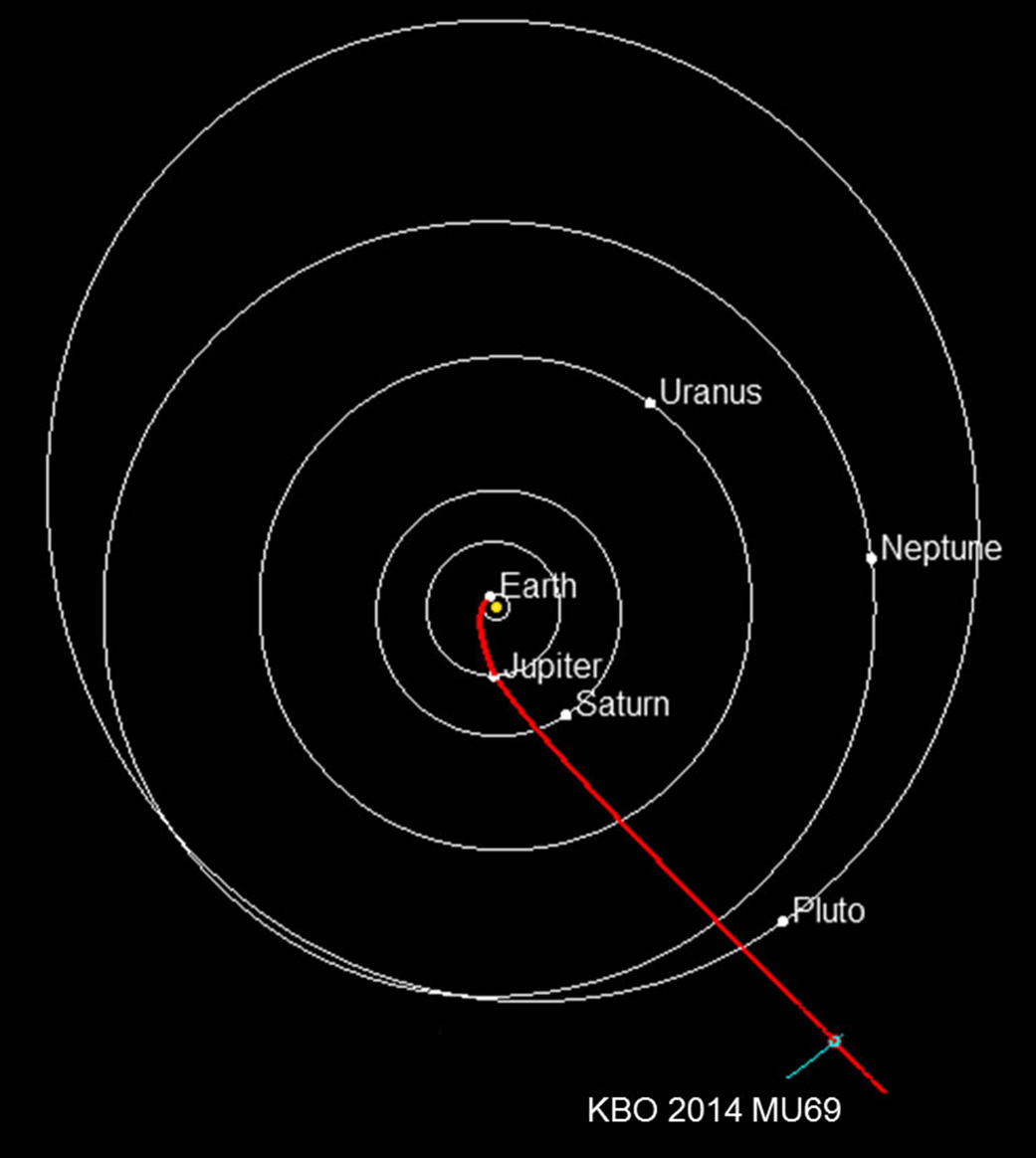
Indeed, 2014 MU69 is the type of object that Pluto is made of, said New Horizons principal investigator Alan Stern, of the Southwest Research Institute in Boulder, Colorado.
"New Horizons is healthy and now on course to make the first exploration of a building block of small planets like Pluto, and we're excited to propose its exploration to NASA," Stern said.
New Horizons is currently about 3.2 billion miles (5.1 billion km) from Earth and 895 million miles (1.44 billion km) from 2014 MU69, NASA officials said. The spacecraft continues to beam home data from the Pluto flyby. All of this information should be on the ground by next September or so, mission team members have said.
Follow Mike Wall on Twitter @michaeldwall and Google+. Follow us @Spacedotcom, Facebook or Google+. Originally published on Space.com.
Join our Space Forums to keep talking space on the latest missions, night sky and more! And if you have a news tip, correction or comment, let us know at: community@space.com.

Michael Wall is a Senior Space Writer with Space.com and joined the team in 2010. He primarily covers exoplanets, spaceflight and military space, but has been known to dabble in the space art beat. His book about the search for alien life, "Out There," was published on Nov. 13, 2018. Before becoming a science writer, Michael worked as a herpetologist and wildlife biologist. He has a Ph.D. in evolutionary biology from the University of Sydney, Australia, a bachelor's degree from the University of Arizona, and a graduate certificate in science writing from the University of California, Santa Cruz. To find out what his latest project is, you can follow Michael on Twitter.

